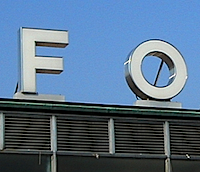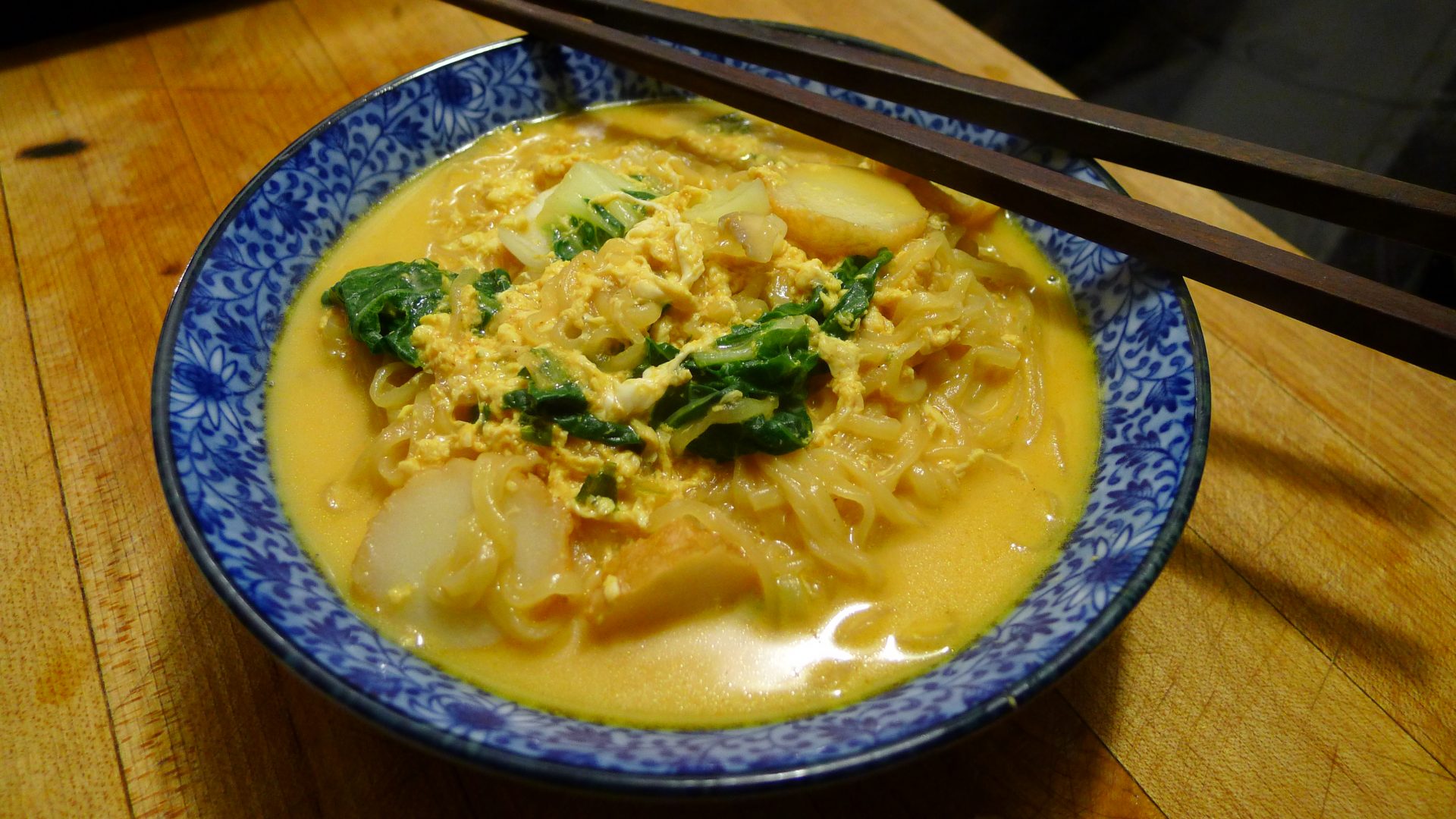by Hannah Renglich

Close to 2.5 million Canadians are food insecure, while nearly a quarter are obese. Yet, Canada does not have, nor has it ever had, a national food policy. As the good food movement in Canada foments through grassroots movements, community organizations, and academic research, Canada’s political parties are finally taking note of the need for conversation at the national level that goes beyond agriculture. As the May 2 federal election approaches, all five major federal political parties are talking about food.
The Bloc Québécois’ focus on sovereignty and provincial/national protectionism comes through in their 43 page document entitled, “Présent! pour l’agriculture,” written for the 2008 elections. It focuses on food safety and the creation of jobs in the food industry through a federal food inspection agency, increased spending in agricultural research, and an overhaul of the farm income support program.
The Conservative platform promises a “five-year national farm and food strategy that will guide Canadian agricultural policy to ensure the survival of family farms, the highest standards of food safety and better access to domestic and export markets for farmers across the country.” It confirms a commitment to provision of easily accessible fertilizers, pesticides and veterinary drugs, defense of supply management, and the opening up of new export markets.
The Liberal Party of Canada launched their food policy platform a year ago, with a distinct emphasis on rural Canada and health through food, addressing issues of an aging population. In addition, the plan for a national food policy addresses food safety, environmental stewardship through sustainable agriculture and renewable energy, sustainable farm incomes, and international leadership through supporting foreign food security.
The Green Party, like the Liberals, speaks of the importance of local food, additionally highlighting the need to prevent corporate control of the food system. Notably, the Agriculture and Food Vision centres around climate change adaptation and environmental stewardship, as well as prevention of loss of agricultural land to development.
Finally, the NDP’s food strategy document, entitled “Food for Thought,” is a long report including specific provisions for BC, the Prairies, Ontario, Québec, and Atlantic Canada, which was published after a national 18-month information gathering tour by the same name in 2008. The resulting food strategy recommendations include ensuring citizens access to healthy food, helping farmers through promotion of local food production and local procurement through institutions, and finally establishing sustainable agriculture through a Heritage Breed Act for species preservation and biodiversity, as well as the support of mentorship and training for new and established farmers.
(The Globe and Mail’s Global Food Reporter, Jessica Leeder, has succinctly summarized the parties’ platforms, policies and strategies in an easy to digest manner here.)
At the same time as Canada’s politicians presented their food strategies, a citizen-driven project called “The People’s Food Policy Project” published the results of its two-year national consultation process, which took place in the form of kitchen table talks. The resulting policy recommendations, “Resetting the Table: A People’s Food Policy For Canada,” were published on April 18, grounded in 10 discussion papers ranging in topic from agriculture, health, the environment, and fisheries, to Indigenous food systems, science and technology, and international food policy. Among major recommendations for food sovereignty, the People’s Food Policy suggests that food should be consumed as close as possible to where it is produced. It recognizes food production as a contributor to climate change and therefore supports an ongoing shift toward more ecological farming practices. Uniquely, the People’s Food Policy calls for creation of federal poverty elimination and prevention programs in order to address national food insecurity. As well, it calls for a “federally funded Children and Food Strategy, including school meal programs, school gardens, and food literacy programs to ensure that all children at all times have access to the food required for healthy lives,” reports rabble.ca’s Anna Paskal.
As the federal election campaign blazes on, good food fighters continue to push for a sound national food strategy, and it remains to be seen to what extent the People’s Food Policy will affect its formation. Just think: as an informed citizen, you have the chance to finally eschew the “vote with your fork” adage, and fork over your vote for a national food policy you believe in.
For more information and detailed reports on each party’s food strategy, please follow the links below:
Bloc Québécois –http://www.blocquebecois.org/Dossiers/parti/documents/elections2008/PlateformeAgricole_BQ.pdf
Conservatives – http://www.conservative.ca/press/news_releases/harper_announces_support_for_farmers
Green Party – http://greenparty.ca/node/13312
Liberals – http://cdn2.liberal.ca/files/2010/07/foodpolicy_e.pdf








Yes you should vote on the entire platform but how a party deals with food and agriculture (specifically food) is a good indicator of the entire party. You can talk all you want about the solutions to our health care costs and policies but if you don’t address the causes, like obesity through unhealthy food choices, our health care system will not be able to sustain itself. A good food policy reflects the care and desire for healthy Canadians.
Furthermore, the economy is a hot topic and is discussed without any “new” ideas despite our ‘old’ habits leading us to this point. By promoting local food, the farmers benefit from having a local and stable market, the community benefits from a healthy agriculture sector and healthy people – as well as the increased jobs. The benefits are kept in the community.
It doesn’t help to discuss the economy and focus on the level of corporate taxes – one of many factors a corporation considers when choosing to do business in an area.
A solid national food policy is an excellent reflection of the greater policies and goals.
Hey Hannah!
Thanks for pointing all these things out to me, wow. I just found out how much the election is being affected by food, that’s a decently important topic now. Nice to know what each party stands for. It’s scary to see what the Conservatives stand for and what I know would happen to the food system if they came into power. Obviously some parties are much better than others, looks like I like Green the best.
In my opinion, even they don’t go far enough though. They are held back by their need to appeal to a larger voter audience I suppose, so it’s understandable. There is a big gap between what the People’s Food Policy for Canada says and the best party line.
The NDP talk about increased “training”, whereas we need -education- not training, and as a whole society not just the new farmers.
I think we need to talk about some things wider in scope because the ‘problem’ is that large;
Not so much more research funding or even change it’s direction to organic but changing the entire research structure to something that is more relevant to farmers and agroecology (not just organic).
Not isolated urban gardens so much as the idea of lawns, city design, architecture and the reasons behind why less-functional trees are planted in cities.
Or for that matter the idea that large cities themselves are fundamentally mistaken ways to organize a society.
And, last but not least, the need for changing diet to vegan. This one for sure wouldn’t be popular with many voters. But it would with me :-).
I wonder what will happen with the recent NSERC cut to all food related research.
I wish American political parties were similarly interested, invested, and articulated in their thought on food policy.
Hi Hannah,
I am reading your great article over again. I am preparing a course on food security and I find your article very useful. We really need such force to progress in our bid to circumvent the evil cause(s) of poverty, food insecurity and poor health.